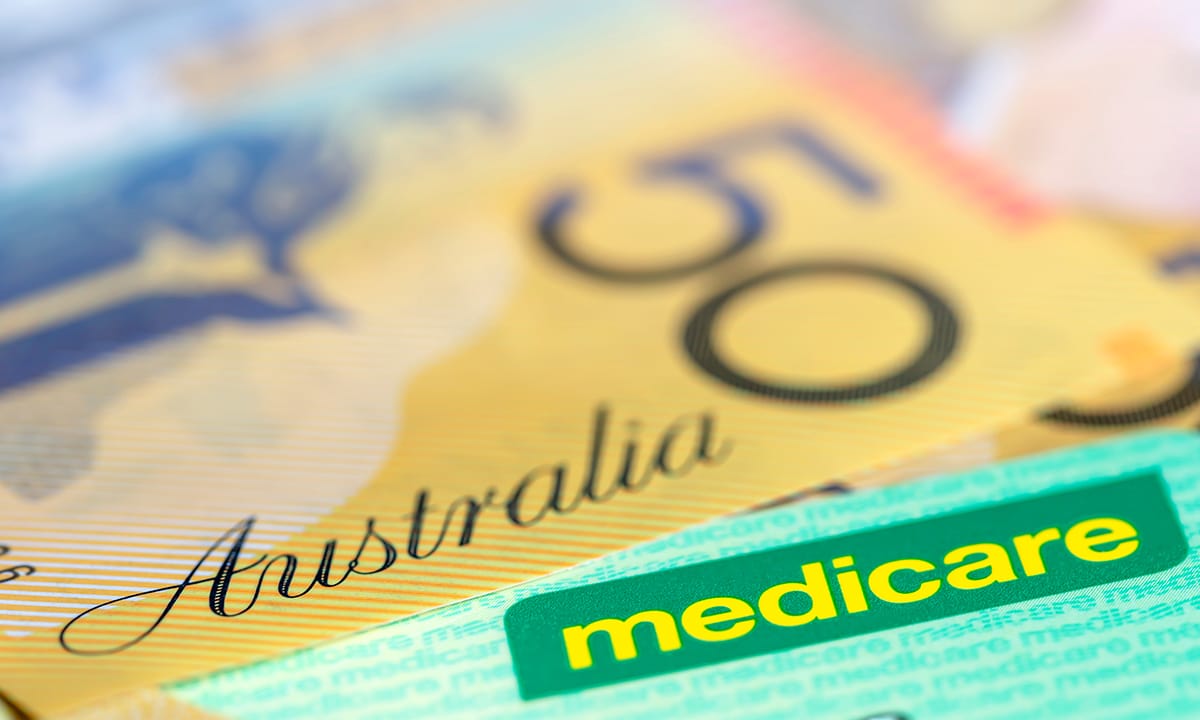Family-friendly cities in Australia have become a defining feature of the nation’s urban landscape, attracting parents from around the world with their safe neighborhoods, exceptional schools, abundant green spaces, and high standards of healthcare. In a country known for its laid-back lifestyle and natural beauty, cities like Melbourne, Brisbane, Hobart, and Adelaide are increasingly recognized not just for economic opportunity, but for their ability to offer growing families the support, comfort, and infrastructure they need to thrive. According to the Australian Bureau of Statistics, over 5.2 million Australian families reside in urban centers, and more than 70% of these households prioritize safety, education, and access to parks when choosing a home.
In terms of community safety, Canberra, Hobart, and Adelaide stand out with the lowest crime rates per capita. These cities are consistently rated as secure environments where children can walk to school or play in local parks without constant supervision. SA Police data from 2023 reveals that Adelaide’s outer suburbs, such as Norwood and Unley, report crime rates 35% lower than the national average. This contributes significantly to the city’s status as a top-tier destination for families seeking a peaceful and welcoming lifestyle.
Education is another cornerstone of the family-oriented appeal of these cities. Victorian Department of Education reports that Melbourne offers over 2,200 government and independent schools, including some of the nation’s highest-performing institutions like Mac.Robertson Girls’ High. NSW Education further highlights that Sydney leads in both academic performance and diversity of curriculum, from international baccalaureate programs to STEM-focused academies. These cities not only serve young children but support their futures with world-class universities, such as The University of Queensland and Australian National University, ensuring educational continuity well into adulthood.
Beyond academics and safety, the recreational appeal of these cities is unmistakable. With well-maintained parks, nature trails, and adventure playgrounds, cities like Perth and Brisbane offer urban families rich outdoor experiences. According to Parks and Leisure Australia, 89% of parents in these cities report visiting public green spaces weekly. The iconic Royal Botanic Gardens in Melbourne and Blaxland Riverside Park in Sydney are examples of public spaces designed with families in mind—offering not just play areas but inclusive zones for children of all abilities.
Equally important is access to quality healthcare and public transport. Cities such as Perth and Melbourne boast top-tier pediatric facilities, like Perth Children’s Hospital and The Royal Children’s Hospital Melbourne. These hospitals provide not only immediate care but long-term wellness support that gives parents critical peace of mind. On the transportation side, cities like Adelaide and Brisbane feature family-friendly policies such as discounted off-peak fares and free inner-city tram zones, as promoted by Transport for NSW.
Whether it’s for affordability, work-life balance, or cultural inclusiveness, family-friendly cities in Australia continue to grow in popularity with both local and immigrant families. With comprehensive urban planning, child-centric services, and inclusive communities, they provide the foundation for a nurturing and fulfilling family life.
Welcoming Communities and Safe Neighbourhoods
Low Crime Rates Build Parental Confidence
Safety is a core concern for families when choosing where to live. According to the Australian Bureau of Statistics (ABS), cities like Canberra, Adelaide, and Hobart consistently rank as having the lowest crime rates nationwide. In 2023, Canberra reported a crime rate of just 3,400 incidents per 100,000 people, compared to the national average of 4,700. Such low figures make these regions highly attractive as family-friendly cities in Australia, giving parents peace of mind about their children’s everyday surroundings.
Inclusive and Multicultural Communities
Australia’s cities pride themselves on diversity and inclusiveness. Sydney and Melbourne are home to more than 200 nationalities, with over 35% of residents born overseas, based on the 2021 Census. Family-friendly cities in Australia reflect a cultural richness that fosters tolerance and understanding, making it easier for families of different backgrounds to feel welcomed and supported.
Supportive Local Councils and Services
Cities like Brisbane and Perth have invested heavily in community programs and support services tailored for families. Brisbane City Council’s “Families in the Suburbs” initiative, launched in 2022, funds over 150 family centers with workshops, mental health support, and parenting education. These services significantly boost a city’s appeal as a family-oriented destination.
Affordable Family Housing Options
Housing affordability plays a pivotal role in defining family-friendly cities. Adelaide, for example, offers a median house price of AUD 670,000 (as of Q4 2024), significantly lower than Sydney’s AUD 1.25 million. More affordable suburbs such as Salisbury and Campbelltown provide safe, suburban environments ideal for raising children.
Strong Sense of Neighbourhood Belonging
ABS data reveals that over 70% of residents in cities like Hobart and Darwin report a “strong or very strong” sense of neighbourhood belonging, the highest in Australia. Community events, block parties, and volunteer groups foster social ties, further strengthening these cities’ reputations as nurturing environments for families.
Top Education and Childcare Options
World-Class Public and Private Schools
Melbourne, Sydney, and Brisbane are home to some of the nation’s top-performing schools. For instance, Melbourne’s public school system includes institutions like Melbourne High School and Mac.Robertson Girls’ High, ranked among the top 10 nationwide. Sydney Grammar and Brisbane State High also consistently perform above the national average NAPLAN scores. These educational pillars cement their status as family-friendly cities in Australia.
Early Learning Centres with Quality Ratings
The Australian Children’s Education & Care Quality Authority (ACECQA) rates over 16,500 early childhood services nationwide. Perth stands out, with 84% of its childcare centers rated as “Meeting” or “Exceeding” National Quality Standards. Family-friendly cities in Australia benefit from such high-quality care, supporting early development and easing parental workload.
Access to Higher Education for Growing Families
Having proximity to universities is a long-term consideration. Canberra, home to the Australian National University (ranked 30th globally by QS 2024), offers families an academic atmosphere. Brisbane’s University of Queensland also ranks in the top 50 globally. These cities enable children to transition from quality school education to higher learning without needing to relocate.
Subsidized Education and Childcare Support
In 2023, the Australian government raised the Child Care Subsidy (CCS) to cover up to 90% of childcare fees for low-income families. Cities with ample approved childcare centers, like Adelaide and Hobart, ensure that eligible parents access more support, reinforcing their appeal as family hubs.
Parent-Friendly School Zoning and Transport
Cities such as Gold Coast and Newcastle have been redesigning school zoning and bus networks to accommodate growing family populations. The 2023 “School Commute Efficiency Project” reduced average commute times by 15% across 80% of participating schools, ensuring safer, less stressful school runs.
Parks, Playgrounds, and Outdoor Fun for All Ages
Expansive Green Spaces and Urban Forests
Melbourne leads Australia with over 480 hectares of public parkland within 5 km of its CBD. The Royal Botanic Gardens, Fitzroy Gardens, and Princes Park are just a few green havens for family picnics and weekend fun. This dedication to nature plays a critical role in making it one of the most family-friendly cities in Australia.
Innovative Playgrounds and Water Parks
Sydney’s Blaxland Riverside Park and Perth’s Elizabeth Quay Playground set the bar high with climbing towers, splash zones, and all-abilities equipment. According to a 2024 report by Parks and Leisure Australia, 92% of surveyed parents said access to unique playgrounds was “very important” when choosing a place to live.
Outdoor Sports and Youth Recreation
Brisbane has invested over AUD 200 million in youth sports infrastructure since 2021, including skate parks, BMX tracks, and junior league fields. Participation in organized sports in Brisbane rose by 13% in 2023, according to Sport Australia, showing strong alignment between city planning and youth needs in family-friendly cities in Australia.
Nature Trails and Family Walks
Canberra’s Lake Burley Griffin loop (6km), Adelaide’s Linear Park Trail, and Darwin’s East Point Reserve provide family-friendly walking and cycling experiences. These well-maintained trails promote health, bonding, and exploration, with over 65% of Australian families reporting monthly use of such facilities in a 2023 survey by Healthdirect.
Seasonal Events and Family Festivals
Cities like Hobart and Gold Coast host numerous family-centric events, from the Taste of Tasmania food festival to Gold Coast Kids’ Fest. A 2023 survey by Tourism Australia showed that cities with more than 15 annual family events saw a 24% increase in local tourism and family relocation rates.
Healthcare, Transport, and Work-Life Balance
Access to Top-Quality Hospitals and Clinics
Cities like Sydney, Melbourne, and Perth host some of the country’s highest-ranked hospitals. The Royal Children’s Hospital in Melbourne and Perth Children’s Hospital both earned 5-star ratings in the 2023 Global Health Index. This level of care supports parents in choosing family-friendly cities in Australia where their children’s health is prioritized.
Efficient and Affordable Public Transport
Adelaide offers free tram rides in the city center and capped bus fares of AUD 1.80 off-peak, making it extremely affordable for families. In Brisbane, the Go Card system offers up to 50% discounts for off-peak travel and students. Family-friendly cities in Australia increasingly align transportation affordability with family needs.
Work-Life Balance and Remote Flexibility
ABS’s 2024 Workforce Trends report found that over 45% of Australians now work at least one day per week from home. Canberra and Hobart have the highest remote work ratios, contributing to more time for parenting, schooling, and recreation—key ingredients in any family-friendly city formula.
Walkable Suburbs and Child-Friendly Urban Design
Cities such as Newcastle and Ballarat are implementing 15-minute city concepts, where schools, clinics, parks, and groceries are within walking or biking distance. According to the Grattan Institute, this model boosts community engagement and reduces car dependence by 27% in pilot suburbs.
Cost of Living and Family Income Support
With the cost of living on the rise, cities like Darwin and Adelaide offer more manageable household expenses. In 2024, Darwin’s average weekly rent for a three-bedroom home was AUD 530, compared to AUD 890 in Sydney. Moreover, the Family Tax Benefit, worth up to AUD 4,000 annually per child, further offsets financial strain in these regions.




